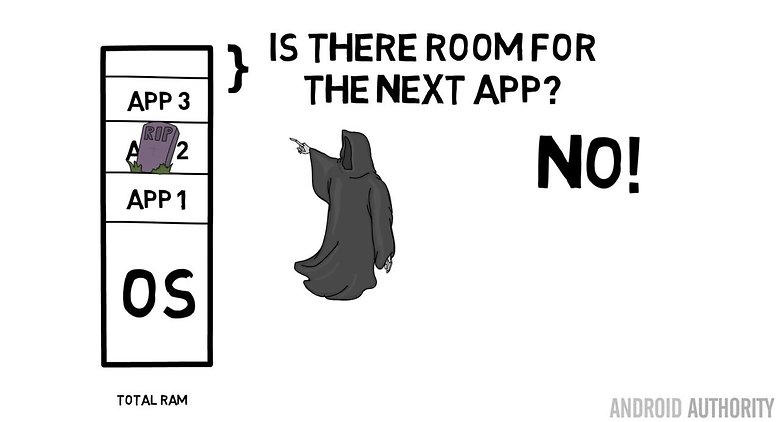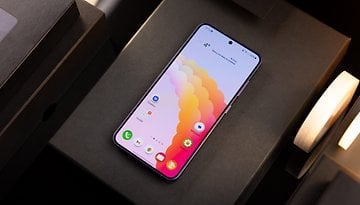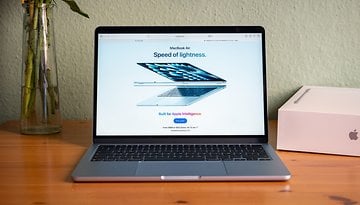Android vs iOS: how different is their RAM management?


Yes, there are some differences between Android and iOS, but that doesn't necessarily mean that one operating system is better (or worse) than the other. That said, preferences do exist, so in order to ensure that we in a position to support these we need knowledge. If you think those manufacturers who use Android offer more RAM because their operating systems need more memory than iOS, you may need to reconsider that idea.
While Google Pixel XL, Samsung Galaxy S7 and the Asus Zenfone 3 all have versions that come with 4 GB of RAM, the iPhone 7 was launched in October 2016 with only 2 GB of RAM (3 GB on the iPhone 7 Plus). This raises the question of how smartphones, which are around the same price or sometimes even more expensive than an iPhone, can deliver practically the same performance with such distinct hardware characteristics. This, in fact, supports the idea that the iOS platform is a more optimized platform than Android. However, that's not exactly how the story goes.
What is RAM?
Before going any further, we need to define exactly what RAM is and what it does. RAM (Random Access Memory) is a type of technology which accesses stored files on your computer or smartphone. Unlike hard drive memory, RAM doesn't permanently store content. However, it is in charge of reading content when the system needs it to. The more RAM a device has, the more working ability it has - but not necessarily more speed.
Since smartphones are devices with a limited size, there's a small difference between how RAM is used on them versus how it's used on computers. Ultimately, the overall goal is basically the same: deliver instructions and data to the processor so it can be processed, reduce load time and allow us move from one app to another quickly and without any hassles.
Finally, RAM shouldn't be confused with a phone's storage capacity. Internal and external storage will always be higher than the RAM, something like 16, 32, 64 and 128 GB. Nowadays, smartphones like the Zenfone 3 Deluxe can come with up to 6 GB of RAM.
Android vs iOS: How different is their RAM management?
In order to make Android's RAM management easier to understand, I'm going to use the explanation given by Gary Sims (video here), the editor of Android Authority. In a recent video, Gary used a Nexus 5X (2GB of RAM + the most recent version of Android) and an iPhone 7 (2GB of RAM + the most recent version of iOS) to show the similarities and differences between RAM management on each of the operating systems.
The first thing that he found was, on restarting both devices, the iPhone 7 used more RAM than the Nexus 5X. This effectively disproves the myth that "Android uses more memory than iOS". In order to understand what this means exactly, I need to explain what "free RAM" is.

What does free RAM mean?
According to Gary, in the past computers devoted one part of their RAM just for the operational system and the other to run programs and data. Today, things are a bit more complicated thanks to multitasking and virtual memory. The latter of these two things allows each program (or app) to run in its own virtual space. In the case of Android and iOS, part of the memory is still given to the system but the other is divided to be used by each app. So, any RAM that isn't being used is free.
However, free RAM does not necessarily mean efficiency. Actually, it's quite the opposite. A good operational system doesn't have free RAM, but available RAM. It knows how to manage its RAM for things like cache storage when you reuse an app, it will quickly open to the last screen that you were on. This doesn't mean that it doesn't have free memory, which by itself is basically meaningless, since the system will always use RAM to relocate data. This efficiency is seen as much in iOS as in Android.
Coming back to the comparison between the RAM usage on Android and iOS, after restarting the devices the iPhone 7 had 730 MB of memory available whereas the Nexus 5X still had 840 MB of its total 2 GB.
Android vs iOS: RAM usage running the same apps
Another test sought to show RAM performance on the two systems running the same app. Looking at the result, a difference of RAM usage by apps developed for Android does exist, but it does not justify, for example, the huge disparity between the amount of RAM on the iPhone 7 and the Zenfone 3 Deluxe, which can be up to 4 GB.

It's important to highlight here that the apps developed for iOS are half the size of those made for Android.
Nevertheless, the way Google and Apple handle apps - from the way they're made to how they behave in the background - makes this a much more complicated issue than assessing which one uses more RAM.
For example, Android apps are freer. That is to say, they can access services or perform post-processing in the background. On the one hand this is a good thing, but on the other it's terrible for the user as they're left to assess whether an app is more of a help or a hindrance while it's installed on their device. Apple has a much more controlled strategy in this respect as it can choose whether an app can do something or not when it's running in the background.
All of this brings me to the last point highlighted by Android Authority:
Android vs iOS: two efficient RAM management technologies
Basically, the RAM usage and management on both operational systems is quite similar and efficient. The only major differences between these two is how each platform decides to manage app behavior in the background. With an even deeper analysis, it's possible to see how these two experiences differ.
Whereas the Android operational system (based on Linux) chooses to stop apps running in the background when available memory runs out in order to free up space for a new app. iOS, on the other hand, can squeeze more data from apps running in the background compared to Android at a system level. This means in the end that Apple enables you to load more apps until you've finished with them.
I won't go into the technical details of this process, but I will use Gary's example to identify how Android opens an app to the last screen even after it's been terminated: if the browser is closed, when it's starts up again the last page you were on will be displayed. This is because the system saves the URL, not the actual page. This happens because Android has a mechanism which sends a warning to apps running in the background to save the most important information because RAM is under stress and the app will be closed. This means the app only keeps what's extremely important and loads the same "image" in the future.

In this way, Google and other manufacturers will always opt for more RAM in their devices as an alternative to keep processes running efficiently without having to terminate them all the time. If we take a look at the Android smartphone market, we can see the evidence of this. Apple now has a software-driven solution that is, in short, less dependent hardware. Both systems use different, but equally intelligent, ways of dealing with the same limitations.
Honestly, I've only had RAM management problems on my devices a few times. However, it's clear that having more RAM on a device makes it more expensive, with a few exceptions such as the Zenfone 3 or the LG G4.
To get the full explanation on this topic by Gary Sims, click here. Have fun!
Which one of these solution makes more sense in your user experience? Let us know in the comments below.
Source: Android Authority




















thanks for good content you have shared with us. i love it and love iphone more
good comparison
“However, free RAM does not necessarily mean efficiency. Actually, it's quite the opposite. A good operational system doesn't have free RAM, but available RAM.” Well, correct my original idea about that.
This appears to be a simplified explanation of RAM management but it does point out that iOS is slightly better at managing RAM and apps since iOS devices have always had less RAM than Android devices. It's an apparent difference in OS memory management. In the end they both do a respectable job at managing RAM and apps running in the background.
You cannot compare memory in the fashion in this article.
You neglect swap, and yes they do have swap and virtual memory.
Also memory may be free, wired. compressed or just pre allocated.
Both iOS and Android are Unix/Linux variants with iOS being a BSD variant and Android being Linux.
Both use very sophisticated memory management schemes and unless you are doing true profiling and tracing the OS you will not have a real idea of memory efficiency.
Regardless of cherry picking supporting points, ios does more with less (RAM), as it always has.
Sent from my Pixel XL.
im agree with ur 2gb ram comparison....but wat abt when iphone used to have just 256 mb or 512 mb ram and that time android phones were using 1 gb or 2 gb......they do better RAM management thn android phones u have to accept it.......and i want u to write one artice abt battery optimisation on ios and android.
totally agree with u